Like many other companies in the musical instrument business, Electric Sound Products got its start by making replacement parts. The company, now better known as ESP, was founded in Japan in 1975 by Hisatake Shibuya to produce top-quality components for electric guitars and basses, as well as custom shop models for the guitar-obsessed Japanese market.
Unlike many other makers, ESP tried to offer more than just knock-offs. It made higher-quality, more expensive replacement or upgrade components and produced multiple product lines to support local tastes in Japan, North America and worldwide.
ESP's Japan-only products emerged in the late 1970s and currently include the Navigator, Edwards and Grassroots lines. The Navigator series guitars remain true to classic-spec Les Paul, SG, Flying V, Explorer, Stratocaster, Telecaster, Jazz Bass and Precision Bass models.
However, those instruments proved too close in style to be imported legally into the United States and prompted the Gibson vs. Hoshino lawsuit. In 1978, Elger/Hoshino USA settled out of court when Gibson’s parent company, Norlin Corp., sued over use of the Gibson headstock design and logo.
Still, those models weren’t intended to be copies. Instead, they were top-quality guitars and basses made as well as custom shop instruments, and they carried a hefty price point. Many started in the $4,000 range.
The materials and quality of workmanship rival Fender and Gibson Custom Shop editions. The Edwards line features the familiar Gibson and Fender shapes, and the Navigator line offers ESP original designs at a lower price. The Grassroots series is a low-cost, entry-level line.
ESP also formed a partnership with Seymour Duncan, using the pickup manufacturer’s name as the brand name for a Japan-only line of electrics in Fender shapes from the mid-1990s to 2004. ESP still produces Fender-style bass models under the Duncan name for the Japanese market.

Export to U.S.A.
In 1984, ESP decided to take its replacement parts business to New York. A company representative would fly from Tokyo to visit Music Row on Manhattan’s 48th Street and sell components to repair shops.
During one of those trips, ESP formed a relationship with Kramer, which used ESP to “ghost build” necks and bodies. Kramer was flush with demand after the endorsement of Eddie Van Halen and needed to outsource production to keep up.
That introduced ESP to the U.S. market, and in 1986 the company began selling the 400 series, which were familiar vintage designs at first, but later included original ESP designs, such as the Horizon.
U.S. Reputation Grows
While ESP-made parts and models were available in the United States in ‘84, distribution was limited. One oft-referenced story in ESP lore involves George Lynch of Dokken. The band was touring in 1985, and Lynch stopped in at the Tokyo headquarters and shop. He was already aware of ESP replacement parts but was amazed when he picked up a guitar later known as the Kamikaze model. He ordered one on the spot.That exposed more players to the unique style of ESP. While the company had relationships with players before Lynch, including Ron Wood of the Rolling Stones, who was an early adopter, the breakthrough with Lynch laid the groundwork for ESP’s emergence as the premier metal guitar.
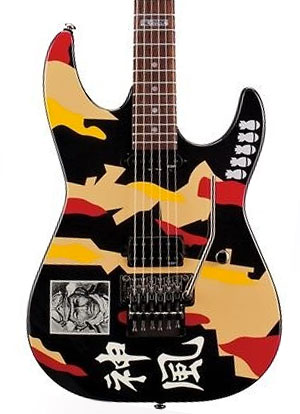
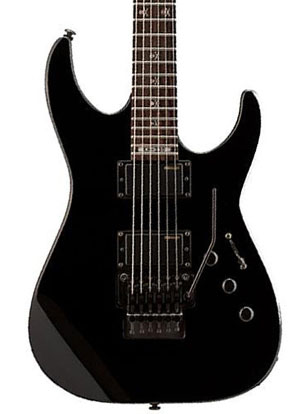
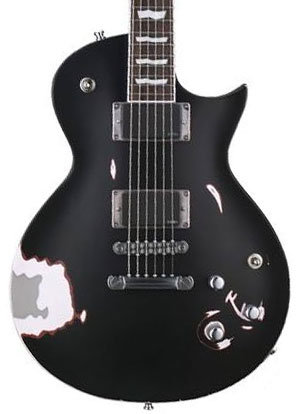

Other high-profile users soon joined the ESP family with signature models at varying price points. The company produced KH models, named for Metallica’s Kirk Hammett, and the Truckster and Snakebyte models, which are associated with the band’s James Hetfield. Signature models have become a staple of ESP guitar offerings, and the company produces a wide array of them in conjunction with a large pool of international players.
Meanwhile, ESP expanded its standard line to more U.S. markets to meet strong demand.
Lower Price Points
In 1996, ESP focused on growing its U.S. market share and introduced the popular LTD line, which are built in China, Korea, Vietnam and Indonesia. LTDs have become staples for beginning players, who hopefully will aspire to higher-end ESP models. The LTD line also further separates the Japanese-made ESP Standard line for the American market, as well as fully custom models.
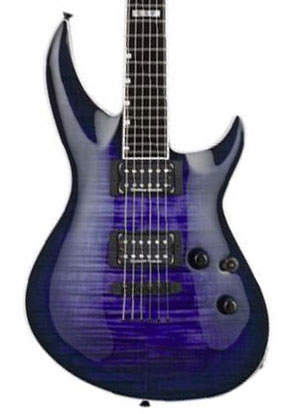
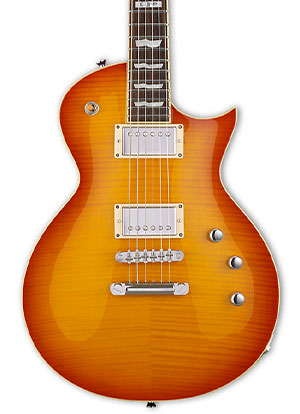
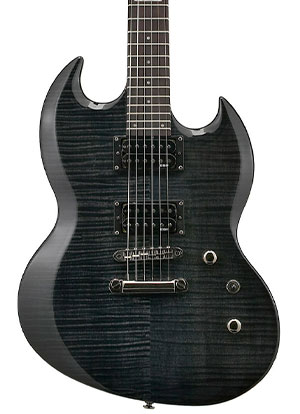
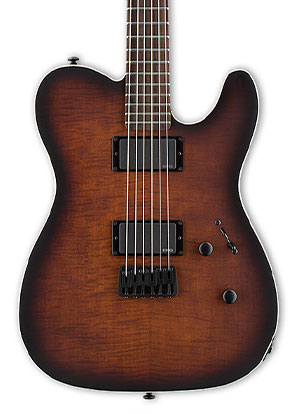
Once the LTD designs became widely available, the company saw a surge in popularity. The metal-friendly designs fit well with the music of the time, attracting players from Slayer, Megadeth, the Deftones, Anthrax and other emerging metal bands. ESP has also broadened its appeal by licensing popular images from comic books, horror movies and contemporary art for use on guitar bodies.
The company established affordable made-in-Japan options with the LTD Elite and later E-II models, and introduced an American custom shop in North Hollywood, Calif., offering a run of the Eclipse and Horizon models. Continually innovating, ESP has made tweaks over the years to offer more price points for its instruments and has even expanded into acoustic guitars to bolster its appeal, visibility and brand loyalty.
